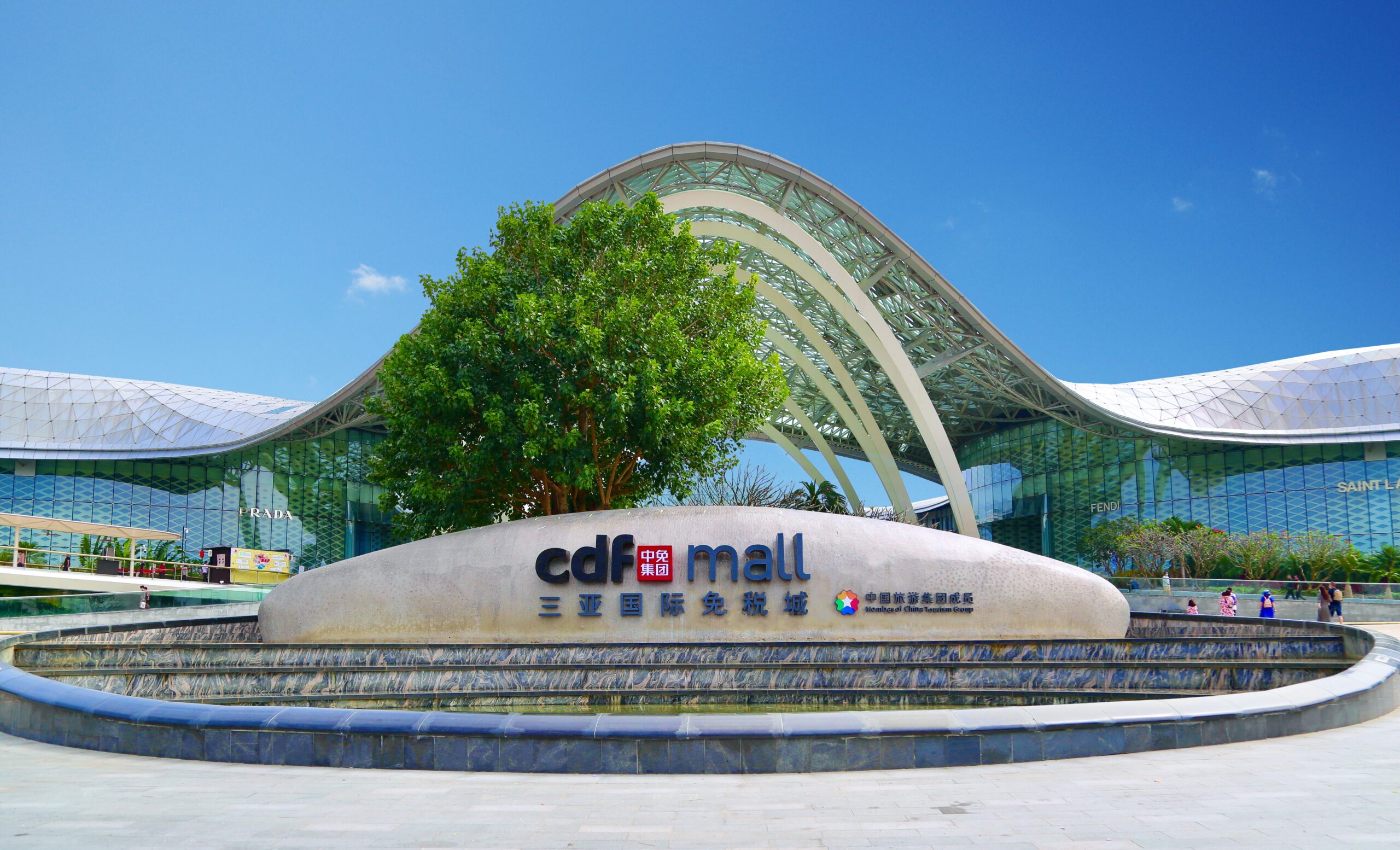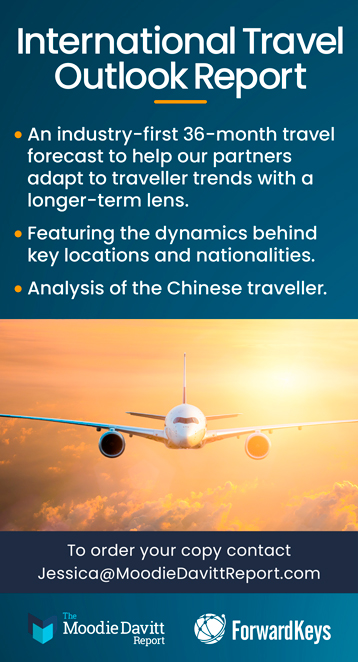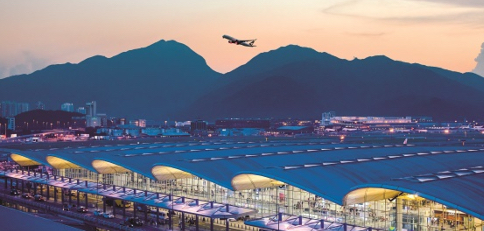CHINA. Air tickets issued for travel from Shanghai to Sanya – the southernmost city on the Chinese island of Hainan and renowned for its offshore duty free shopping – increased fivefold in the week commencing 18 June compared to the previous week, according to new figures from travel analyst ForwardKeys.
Even more encouragingly, the number surpasses the figure from the same period in pre-pandemic 2019 by +15%.
ForwardKeys noted that the result came despite stringent restrictions imposed by Government continuing to curb domestic travel from risk areas. Tickets for travel from Shanghai to other areas in China nationwide were down -94% in the same week – and Chinese domestic travel in general down -67% – compared to the corresponding period in 2019.
ForwardKeys noted the ‘last minute’ nature of flight tickets issued between Shanghai and Sanya. Some 84% of tickets bought for the route in the week commencing 18 June were for travel between 19 June and 3 July.
Asked by The Moodie Davitt Report about the situation in Haikou, ForwardKeys responded. “We also see the uptick in issued air tickets from Shanghai to Haikou, but less significant.
“In the week of 18 June, issued tickets from Shanghai to Haikou increased 1.5 times compared to the previous week, but still -57% below 2019 levels.
“As of 24 June, forward bookings for summer travel to Haikou from Shanghai during July and August are -77% below 2019 levels, due to last-minute booking behaviour. Things are improving. Now, as of 29 June (the latest update), forward bookings for summer travel are only -25% behind 2019 levels.”

ForwardKeys Insights Expert Nan Dai said: “This reflects the desire of Shanghai residents to visit a sun-kissed destination after two long months of confinement in the city. However, amid ongoing uncertainty and as a consequence of the trend towards last-minute reservations, forward bookings for summer travel during July and August remain -52% below 2019 levels.”
Most Chinese cities retain strict rules for travellers entering from risk areas, but Sanya has become one of the first in the country to ease restrictions on tourists from Shanghai.
As per the latest requirements, visitors from four Shanghai districts deemed risk areas are required to take a PCR test within 48 hours of departure and a second test three days after arriving in Sanya, while travellers from elsewhere in Shanghai need only take a PCR test upon arrival.

ForwardKeys offered the inaugural Hainan Offshore Duty Free Shopping Festival as a key reason for the surge in Shanghai-Sanya travel. As revealed by The Moodie Davitt Report, the festival began on 28 June and runs for six months, featuring over 50 promotional activities.
“Perhaps unsurprisingly considering Hainan is a duty free shopping haven, many of the tourists travelling from Shanghai to Sanya are affluent,” said Dai. “Tickets issued for premium-class travel have grown by +174% compared to 2019, with this type of travel increasing its market share from 6% to 17%.”
ForwardKeys’ data shows that for those travelling in premium classes, family is the dominant travel profile with a 55% share, followed by couples (25%), solo (12%) and group (8%).

Shares for the family travel profile have grown by the most significant margin, the travel analyst noted, attributing the increase of eight percentage points compared to 2021 to ‘revenge’ travel.
ForwardKeys also noted that airlines are now deploying larger aircraft to accommodate travel demand, with seat capacity from Shanghai to Sanya in July and August increasing by +53% compared to summer 2019.
Domestic travel is set to benefit further from the Chinese government’s decision to remove the indication of coronavirus risk from digital travel passes, meaning the ‘Big Data Itinerary Card’ will no longer reveal whether a traveller has recently entered a city with COVID-19 cases.
Dai said: “Regarding international travel, the government recently announced its intention to reduce international quarantine to seven days in a dedicated quarantine facility and three days of home monitoring from the long-standing ‘14+7’ requirement. These changes to the normalised COVID-19 prevention and control measures bring hope of a wider market recovery.”













